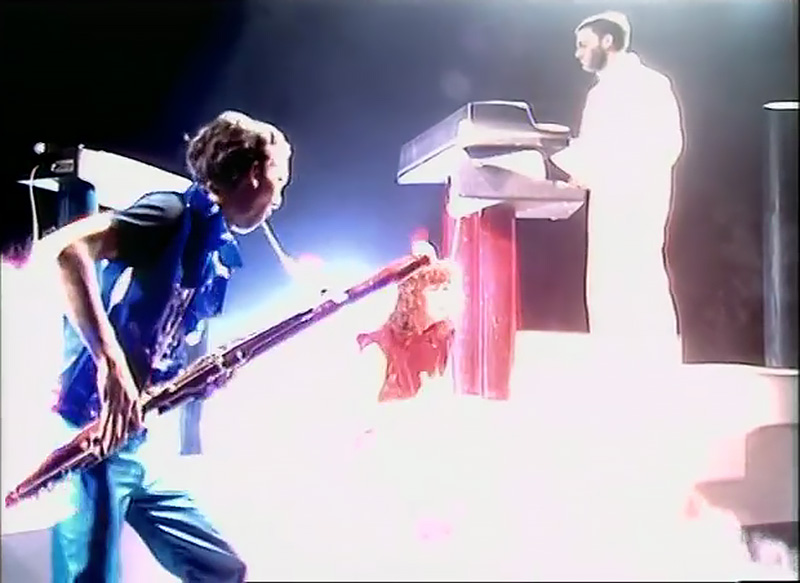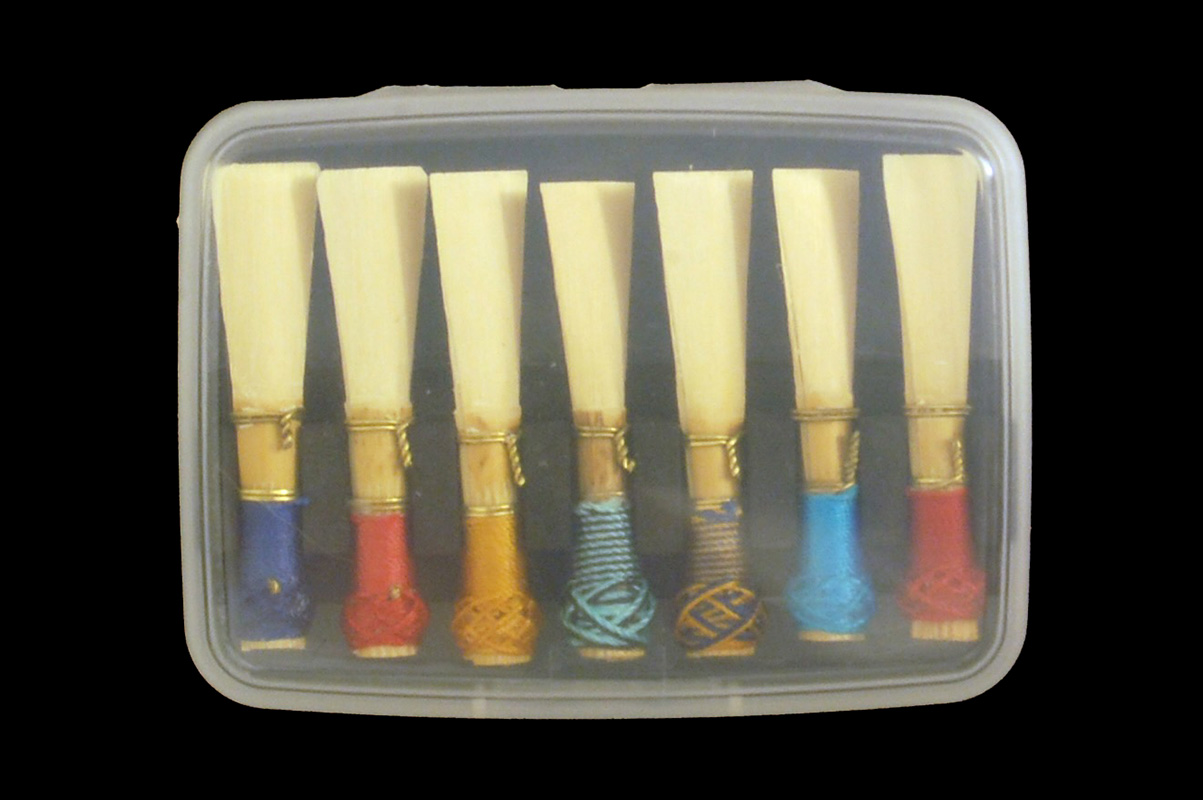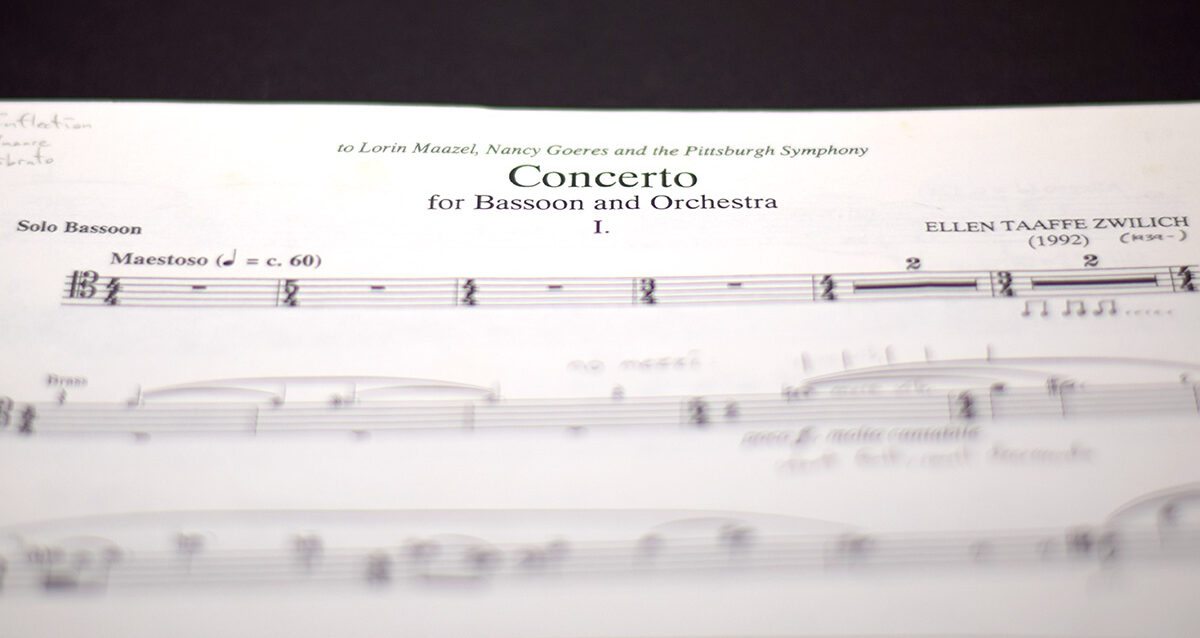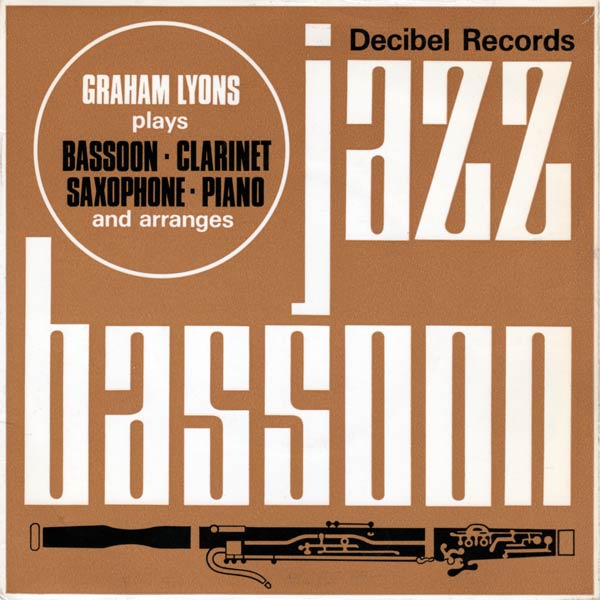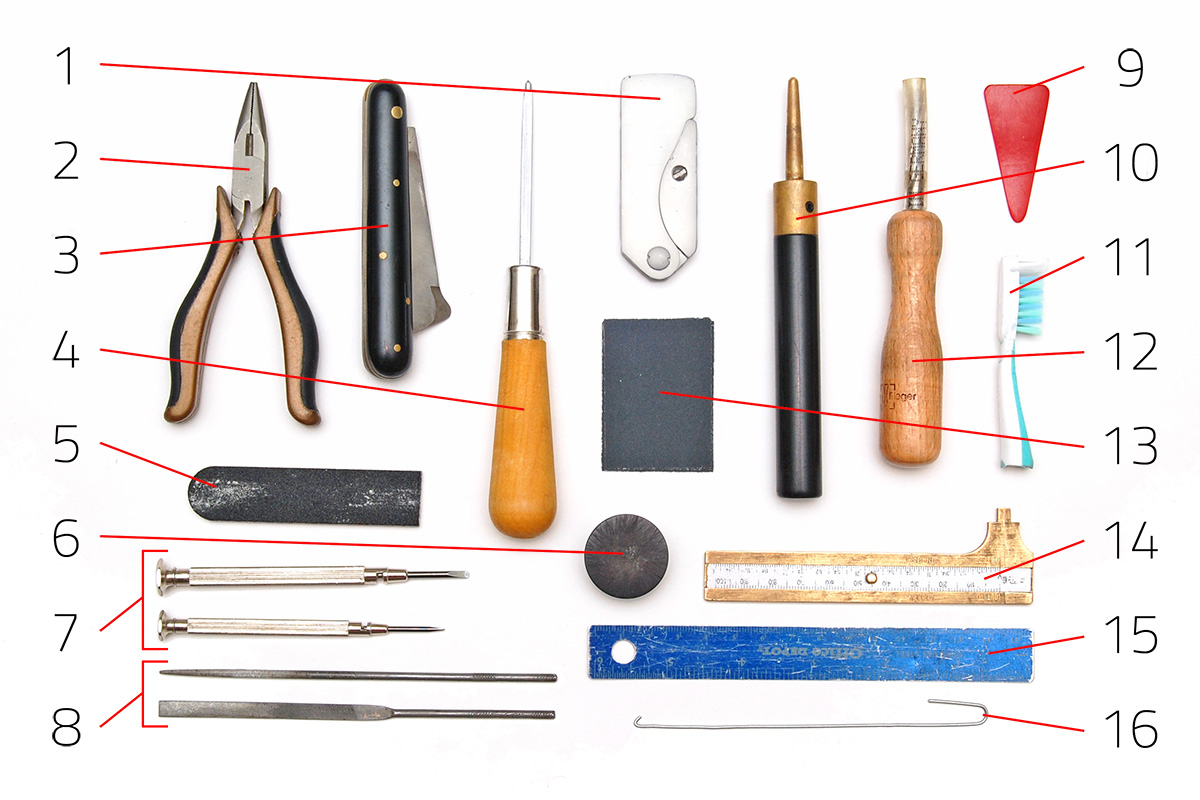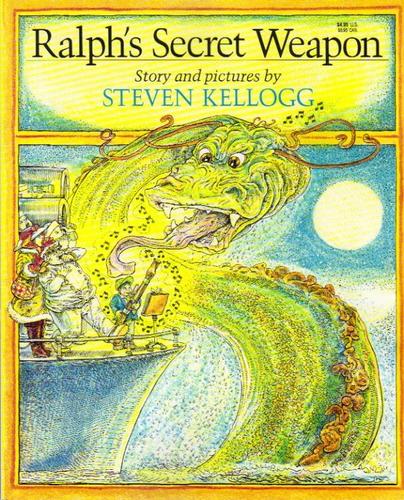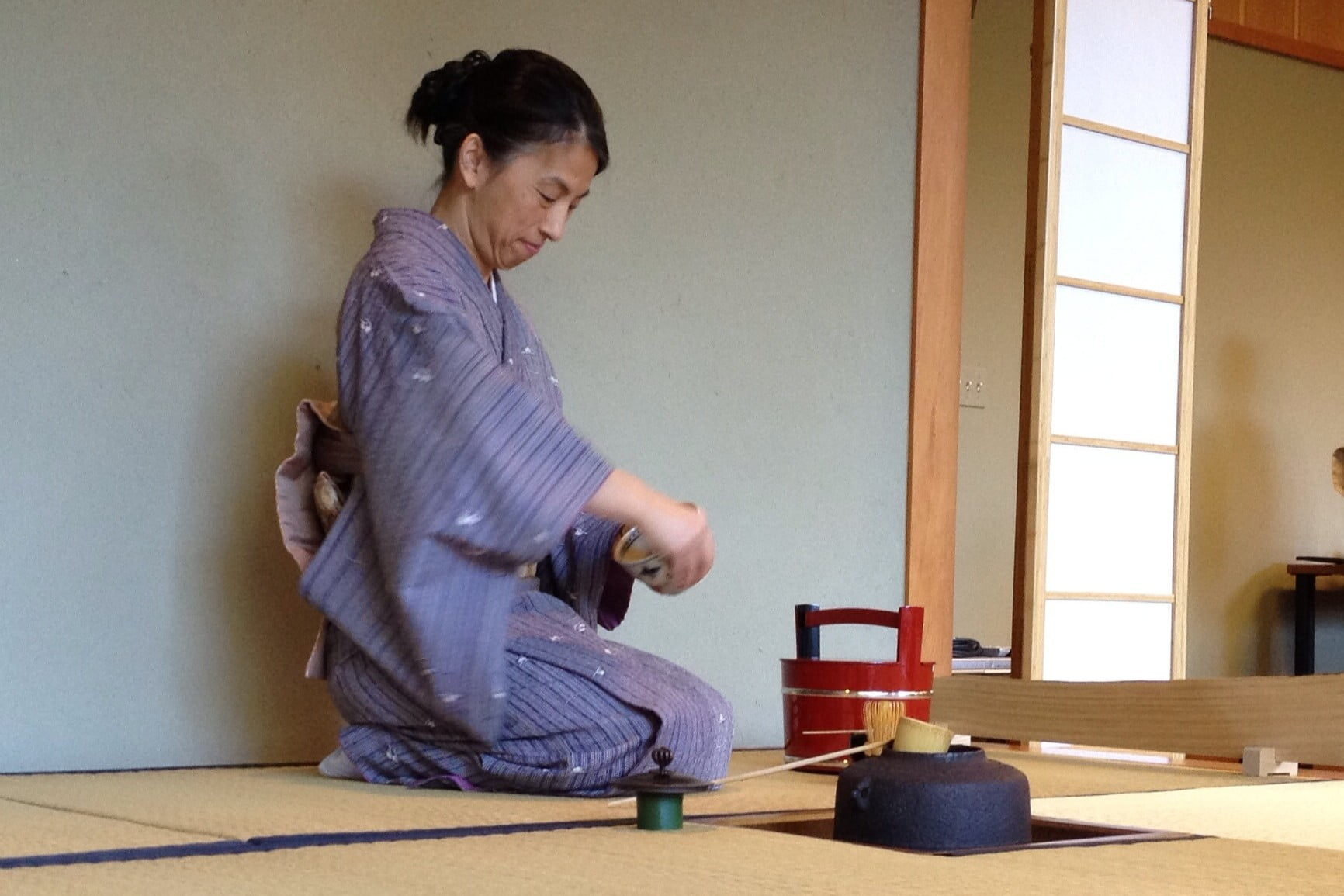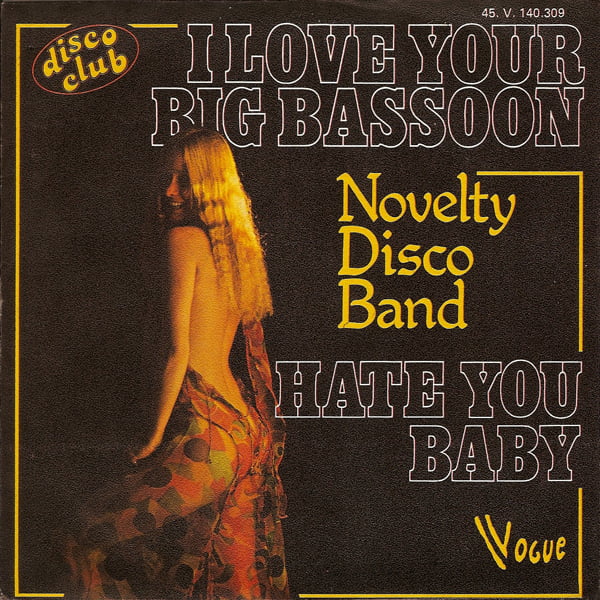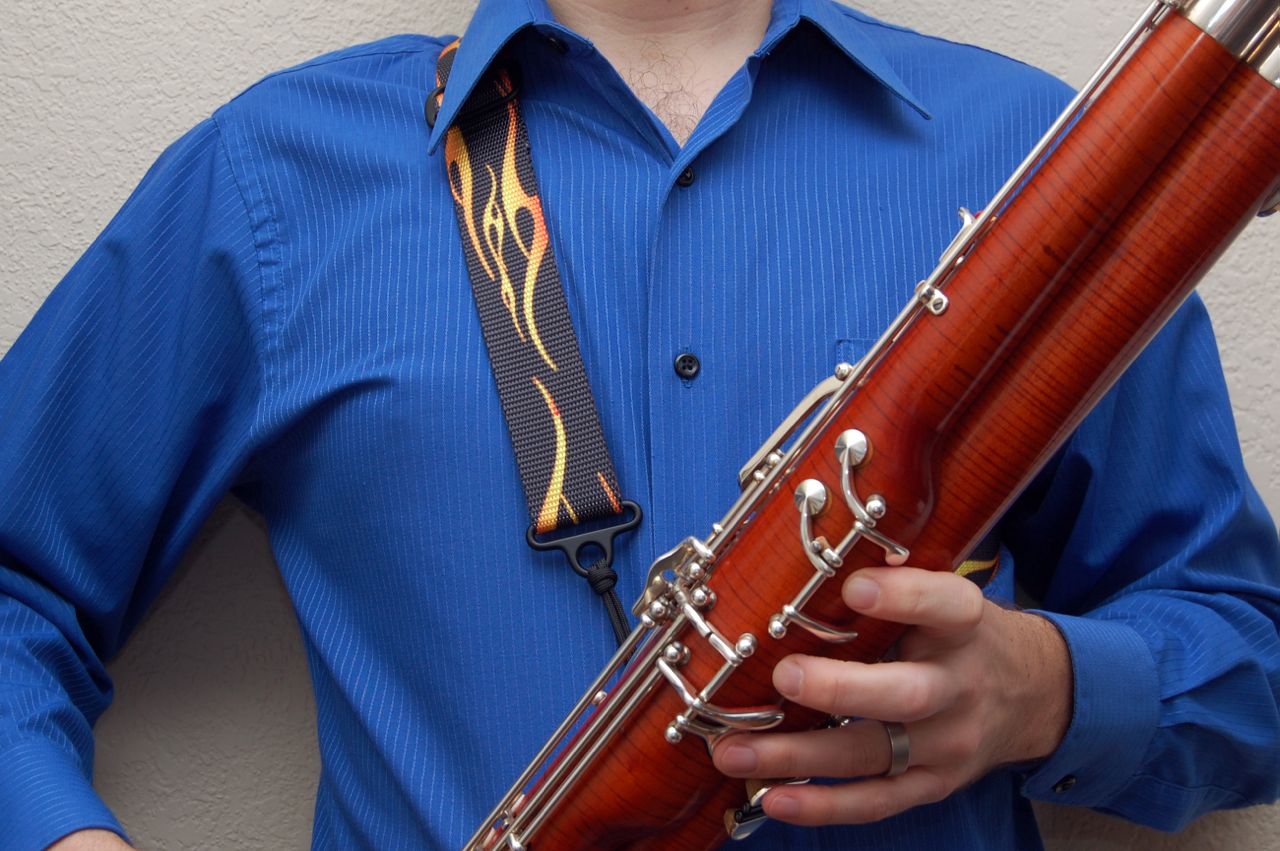Posts by Category:
Books/Movies
DIY
Editions
History
Jazz and Pop
Pedagogy
Recordings
Reed Making
Repertoire
Reviews
DIY
Editions
History
Jazz and Pop
Pedagogy
Recordings
Reed Making
Repertoire
Reviews
In my ongoing quest to find bassoons in unexpected places, I’ve uncovered a new gem. The Mo (or sometimes simply “Mo”) was a Dutch New Wave band formed in 1979 by brothers Clemens and Huub de Lange. The band had a couple of incarnations, but its initial lineup included singer Heili Helder, drummer Harm Bieger, Clemens de Lange on keyboards, and Huub de Lange on key boards and—you guessed it—bassoon. Huub de Lange appears to be known mostly as a choral composer now; here’s his ChoralWiki page. I wrote to him asking some questions about the band, but got no […]
Note: the cost of materials was roughly $3 when I first published this in 2013. As of 2023, it’s more like $4. Still cheap! I have a number of nice reed cases: a leather-covered three-reed case that came with my bassoon, a nine-reed wooden case by Wiseman, and a couple of beautiful maple cases by Roger Garrett. But I always seem to need more little boxes for transporting reeds for students, stashing French or period bassoon reed, or just to hold overflow from my other cases. My go-to for this sort of thing is the tried-and-true Altoids tin. But Altoids tins […]
When I was working on my Master’s degree at Florida State, I had the great fortune to have a lesson with Pulitzer Prize-Winning composer Ellen Taaffe Zwilich on her Concerto for Bassoon and Orchestra (1992). At the time, I wrote up a little report on my experience and posted it on a previous incarnation of my web site. I’d more-or less forgotten about it (the post, not the experience!) until a couple of days ago. My friend and frequent collaborator Nicolasa Kuster mentioned that she’d found it while searching for information on the concerto. I’ve decided to repost my experiences […]
My main area of research in the past few years has been the use of the bassoon in jazz; in fact, I wrote my dissertation on the subject. But I’ve thus far neglected writing about it here, mostly because there’s too much information to condense into a single blog post! I’ll get around to writing a historical overview at some point, but for now, suffice it to say that there have been hundreds of jazz recordings (close to a thousand, actually) that include bassoonists in various roles, dating back to at least the early 1920s. Today, as a starting point, I’m […]
Note: This post is from 2012, and I’ve changed quite a few things in my tool kit since then. Some of the specific tools I show here seem to no longer be available, so I’ve removed the links. If there’s something in particular that you’d like to find, drop me a line. I have a ton of tools and supplies for making reeds, but I don’t need all of them every day. I keep a streamlined set of tools in my bassoon case for the daily business of finishing and adjusting reeds. I’ve spent a good deal of time figuring […]
As I dig out from the end-of-the-semester crunch, I see that I have started quite a few blog posts in the last couple of months without finishing any of them. So while I get my act back together, here’s a repost from a previous incarnation of my site: I don’t normally read children’s books, but Ralph’s Secret Weapon merited an exception. The book’s main character is unique (as far as I can tell) amongst characters in children’s books: Ralph plays the bassoon. I don’t recall exactly how I became aware of the existence of this book. I think that it may […]
The library at Sacramento State boasts a feature which is, I believe, unique among American academic libraries: a Japanese tea room. The Sokiku Nakatani Tea Room, which was dedicated in 2007, was the gift of an anonymous donor and is named after a long-time Sacramento-area practitioner of Chado (more on this term soon). The tea room sits in the library’s basement, with windows looking out onto a small adjacent garden that is cleverly tucked away from the hustle and bustle above. In addition to housing a collection of tea ware and tea preparation utensils, the tea room periodically hosts tea […]
The day before the 2012 Meg Quigley Vivaldi Competition and Bassoon Symposium started, Stockton Symphony contrabassoonist Larry Rhodes (shown at right with San Francisco Symphony contrabassoonist Steve Braunstein) led a small group of us on a cane harvesting expedition. Giant cane (Arundo donax), which we bassoonists use to make our reeds, is classified as an invasive pest in California. It tends to grow in streams or marshy areas, and is primarily propagated by pieces floating along waterways and taking root in new locations. The area surrounding Stockton, most of which is part of the San Joaquin River Delta, is host […]
I keep a variety of online feelers out for bassoon-related things. Much of what comes back to me is spam or otherwise uninteresting. But, I do find out about articles and concerts that I might not otherwise. My favorite sort of discoveries, though, are of obscure and often long-forgotten bits of bassoon miscellany. That’s exactly what I came across a couple of weeks ago in the record whose cover you see below. It’s a 7‑inch 45 rpm single by the Novelty Disco Band, recorded and pressed in France in 1977. After finding mention of it online, I bought a copy […]
Whenever possible, I prefer standing up to play. I do this for solo works, small chamber pieces, and I’ve even helped convinced a woodwind quintet to stand to perform. Standing gives me more freedom of movement, which I feel allows for more musical freedom, as well. This freedom of movement also makes it easier to communicate with my fellow performers, whether through eye contact or physical gesture. Of course, he bassoon also tends to project better when played standing up, and a standing player is generally just more interesting for the audience to watch. To facilitate standing it’s important to find […]

